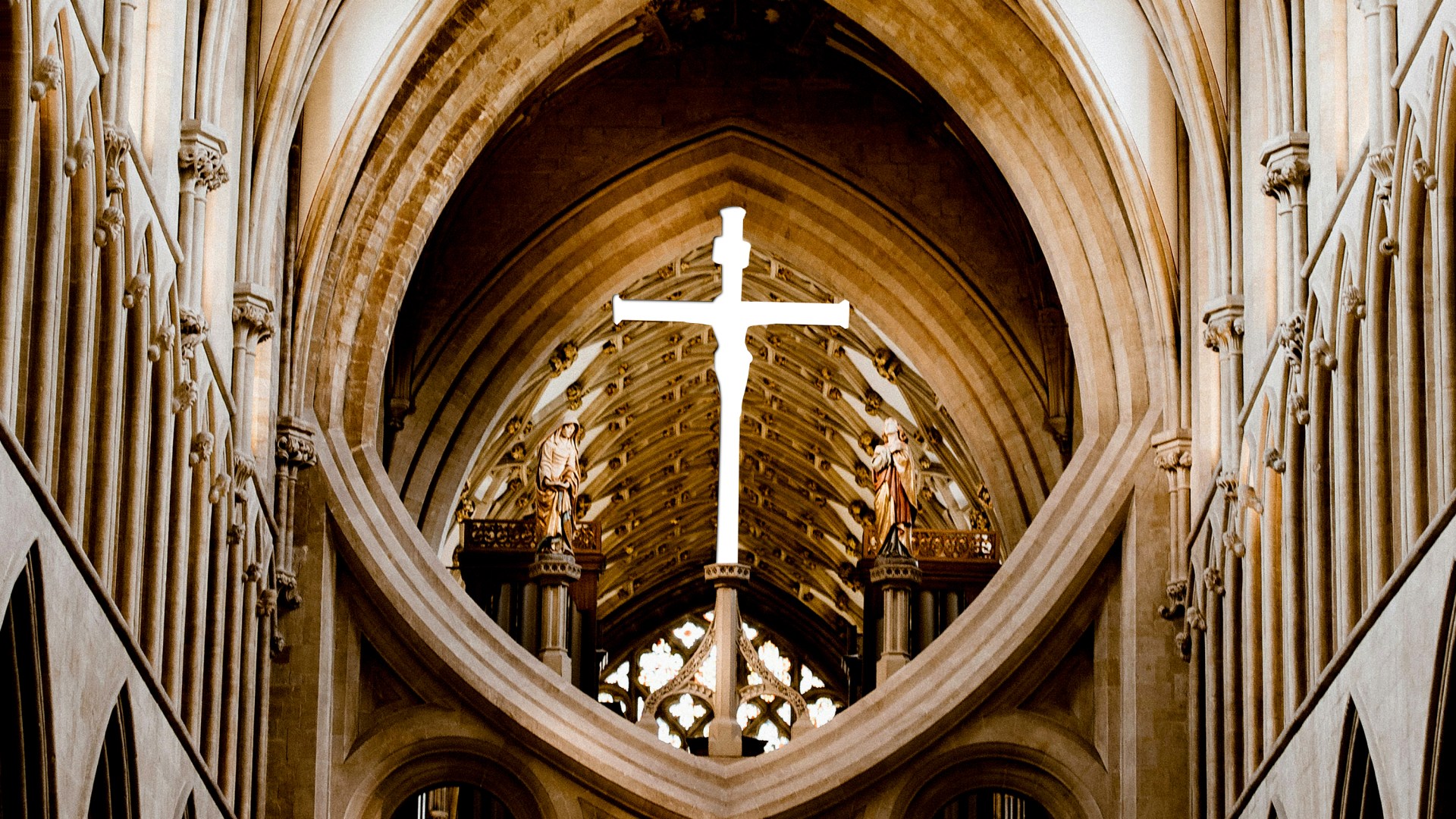The odds are bringing little favor to college athletes, who are facing more pressure over their performance from bettors.
South Carolina’s defeat of Iowa for the women’s NCAA championship on Sunday drew record-breaking betting numbers. BetMGM announced that the game had drawn the most bets of any women’s sporting event ever.
Last year, bettors placed more than $15 billion in bets on the men’s college basketball tournament, according to the American Gaming Association. A major weight on players are prop bets, which are usually bets on details of an individual’s performance—like the number of rebounds from Iowa superstar Caitlin Clark.
The NCAA estimates that a third of student athletes have been harassed by bettors. It has raised alarms and now is examining how betting and social media more broadly affect student athletes’ wellbeing.
“Indirectly, I think players notice that. They may hear it from a fan walking off the court,” said Roger Lipe, who ministers to college coaches and players through Nations of Coaches and is chaplain for the Southern Illinois University men’s basketball team. Lipe was at the Final Four women’s games over the weekend and the concurrent coach’s conference in Cleveland, Ohio.
In his 30 years of ministry, a conversation on gambling was often a part of preseason meetings. Betting on sports has been happening for a long time, legal or not, Lipe pointed out.
But the legalization of mobile sports betting in states across the country means that it’s much easier for fans to bet, and less taboo. Chaplains have to adapt, Lipe said.
In his work, Lipe does book studies with coaching staff, goes to practices, and prays with anyone before or after a game. He notices that student athletes are feeling more like commodities, and said those in ministry can counter that feeling with trusting relationships.
“When I’m talking with players on the floor, I’m almost never talking with them about results,” Lipe said. “Performance, yep, that’s part of who you are. But you are more than that. What kind of friend are you? … What kind of pressure are you dealing with this week?”
March Madness drew some attention to the harassment that college athletes have experienced, especially in regard to prop bets. Purdue center Zach Edey told The Athletic that people asked him to send them money on Venmo for their lost bets on him.
In the midst of the tournament, the NCAA announced that it would be lobbying states across the country to ban prop bets “to protect student-athletes from harassment and … to protect the integrity of the game.” Louisiana state officials announced a ban on prop bets during the tournament.
“You want to say you’re mature enough and it doesn’t bother you,” Duke basketball player Ryan Young told The News & Observer in March. “But that stuff gets to you.”
Some athletes have been charged with betting on games themselves. But mental health experts told CT that only a small percentage of athletes have problems with gambling. The bigger issue is the psychological burden that betting adds to student athletes focused on their performance.
“It’s one of those invisible weights they carry … whether they’re actively thinking about it or not,” said Brian Smith, who works with the nationwide sports ministry Athletes in Action.
Timothy Fong, a psychiatrist and the codirector of the UCLA Gambling Studies Program, would like to see more chaplains and churches be involved in supporting athletes through these pressures. He also sees from his work that athletes are feeling more like “a stock, a commodity.”
Fong said athletes might be more willing to talk about their problems with a trusted spiritual leader than with a medical provider like him. For that reason, he urges chaplains to “educate themselves about the world of gambling, what impact it can have on [students’] bodies, brains, and minds.”
“When you start asking, then they start talking about it,” Fong said. “If you didn’t ask, they don’t bring it up. … They might not realize it’s leading to their depression, anxiety, and burnout.”
Fong has seen the vitriol toward athletes over lost bets in the chat section of one sports app he checks for scores, and he’s heard about it from student athletes who come to him for care.
“It sometimes gets pretty nasty,” said Fong. “The athletes I work with … they say, ‘It just sits inside me.’”
Smith from Athletes in Action wants sports ministry staff to focus on teaching students their value as image bearers of God—the opposite of a commodity. LSU star Angel Reese brought that to mind when she said about getting harassed online, “I’m still a human.” Smith suggests some kind of “made in the image of God” campaign.
He also said Christian athletes can look out for their teammates, who may be experiencing pressure over their performances and prop betting.
There’s “a biblical ethic to look out for people who are being treated poorly,” he said.
One issue with chaplains building deep relationships and trust with players is that there is more turnover on teams than there used to be. NCAA changes in the last few years mean athletes can now enter the “transfer portal” and change programs without the penalty of sitting out a season or more. That means top teams are made up of a lot of transfer students poached from lesser programs.
As a result of student athletes moving schools more often, chaplains may have less time with them. Linsey Smith, staff care director for Athletes in Action and a chaplain to a women’s pro volleyball team herself, thinks that college chaplains should learn more from pro sports chaplains who are always working with athletes who might leave at any moment.
“The time you get to develop an athlete, instill your team values in them, and shape the culture of your team is now so truncated,” she said. “If [athletes are] unsatisfied, they put themselves in the transfer portal and they’re gone,” which is tough if a coach is “trying to create a norm.”
Student athletes now also have the option of pulling in name, image, likeness money on their personal brand, a reason many transfer to bigger and better programs. But that often means having a big social media presence to build their brand, which exposes them to more harassment. Fong has seen some athletes opt out of social media altogether for their own sanity.
Lipe, the longtime chaplain to athletes and coaches, thinks harassment of students from gambling is just one of several challenges for college sports right now. He heard little from coaches at the Final Four about sports betting because they’ve accepted it as an element of the game they can’t control.
“It’s one thing for us in sports ministry to bark at it if we have a moral issue with gambling,” he said. “That’s the environment we’re given. So we have to serve well in light of that environment.”



































